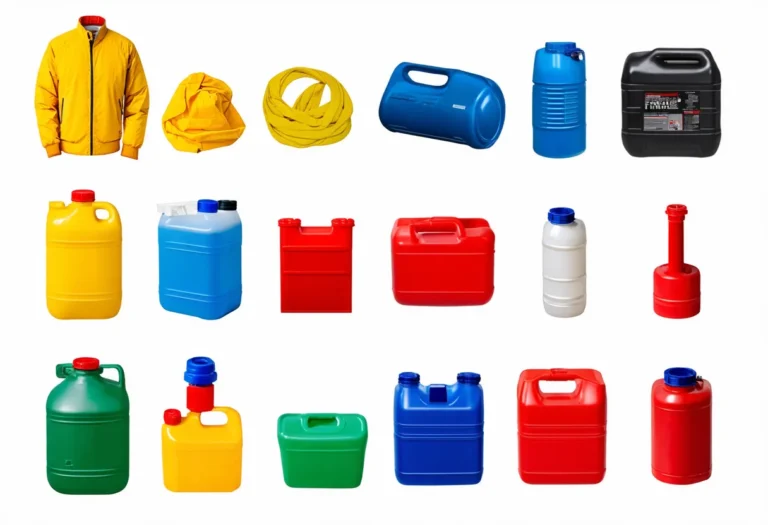Kazakhstan, with a population of 19,621,972, is ranked 61st in the world, just behind Zambia. Located in Central Asia, it covers a total area of 2,724,900 square kilometers, ranking 9th globally, just behind Argentina.
Kazakhstan’s economic position in 2022 is relatively stable, with a GDP of $225.5 billion, ranking 52nd globally. It is closely behind Qatar, whose GDP stands at $236.3 billion. In terms of GDP per capita, Kazakhstan ranks 72nd with $11492.03, slightly trailing Mexico with a GDP per capita of $11496.52.
Despite facing challenges, Kazakhstan continues to show resilience in its economy, with potential for growth and development in the coming years.
What are the economic activities of Kazakhstan?
- Primary activities: 4.7% of GDP.
- Secondary activities: 34.1% of GDP.
- Tertiary activities: 61.2% of GDP.

Primary Sector of Kazakhstan
Kazakhstan’s primary sector, particularly agriculture, thrives due to its diverse climate and abundant natural resources. With 79.19% of the country’s land dedicated to agriculture, Kazakhstan produces a variety of crops and animal products. The main agricultural products include wheat, milk, potatoes, barley, watermelons, sunflower seeds, cantaloupes/melons, onions, maize, and linseed.
Despite contributing 4.7% to the GDP, agriculture remains a vital sector for the country’s economy. The vast array of agricultural products not only sustains the sector but also showcases the importance of agriculture in providing food security and employment opportunities for the population.
The diverse geological landscape of the country has led to abundant natural resources. Major deposits of petroleum, natural gas, coal, iron ore, and various other minerals like copper, gold, and uranium drive the economy, making it a significant player in the global primary sector.
Kazakhstan’s oil production of 1,764,463 barrels per day ranks it 7th globally. With 30 billion barrels in reserves, it holds 1.81% of the world’s oil.
Kazakhstan’s gas production of 22,890 million m³ in 2020 solidifies its position as the 30th largest natural gas producer globally.
Secondary Sector of Kazakhstan
What is the secondary sector or what are secondary activities?
The secondary sector involves industries that transform raw materials into finished products for consumption. In Kazakhstan, the main industrial products include oil, coal, iron ore, manganese, lead, zinc, copper, gold, silver, uranium, and more. Additionally, the country produces tractors, electric motors, construction materials, and agricultural machinery.
Manufactures in Kazakhstan’s total exports in 2023 account for only 18.98%, indicating their relatively lower significance in the country’s export economy.
Tertiary sector of Kazakhstan
What is the tertiary sector or what are tertiary activities?
The tertiary sector in Kazakhstan encompasses a wide range of services where individuals provide knowledge and time to enhance productivity and meet needs. This sector includes intangible goods like advice, expertise, and attention, catering to both consumers and businesses. Key tertiary activities in Kazakhstan are healthcare and medical care, education and training, banking and finance, communication and information exchange, tourism and hospitality, transportation and logistics, and telecommunications. These services play a vital role in driving the country’s economy and meeting the diverse needs of its population.
Of particular importance, Kazakhstan’s tourism industry plays a crucial role in its economy, contributing significantly to its annual GDP. With 8.5 million annual arrivals, accounting for 0.434 tourist arrivals per capita, popular destinations like Almaty and Nur-Sultan attract visitors with their rich cultural heritage and natural beauty. The government recognizes the sector’s importance and actively promotes sustainable tourism development.
Another example of tertiary economic activity is the mobile cellular economic sector, which boasts approximately 25 million subscriptions, facilitating technological growth and enhancing connectivity across various industries.
Military Activities and Economic Sectors of Kazakhstan
The military is a strong example of many economic activities. In the primary sector, resources are extracted for military use, like metals for weapons. The secondary sector involves manufacturing military equipment, such as tanks and aircraft. The tertiary sector includes services provided by the military, like training and logistics. The quaternary sector focuses on military research and development, while the quinary sector deals with high-level decision-making and strategy.
In Kazakhstan, the military expenditure for 2023 is 1,236.3 million US dollars, which is 0.50% of the country’s GDP. The active military force consists of 39,000 personnel, leading to about 3.8 active military members for every 1,000 people in the population.
Biggest company in Kazakhstan
Which is the biggest company in Kazakhstan? It’s Kaspi.kz JSC, with a market value of 13.11 billion USD. This company operates in the diversified financials industry, part of the tertiary sector. Kaspi.kz was founded in 2007 and has grown to be a key player in Kazakhstan’s economy.
International Trade of Kazakhstan
Import Activities of Kazakhstan

Kazakhstan’s high import activities, accounting for 26.33% of GDP, are crucial for meeting domestic demand and driving economic growth.
Kazakhstan’s key import activities include garments, cars, broadcasting equipment, plastic products, and packaged medicine. The country’s top import partners are Russia (29%), China (28%), Germany (5%), South Korea (4%), and Turkey (3%).
Exports Activities of Kazakhstan

In 2023, Kazakhstan’s total exports amounted to $78,735,590,866.92, representing 41.78% of its GDP. With exports accounting for over 40% of the GDP, it plays a crucial role in driving the country’s economic growth and stability.
Kazakhstan’s export activities primarily involve crude petroleum, gold, refined copper, iron alloys, and radioactive chemicals. Its key export partners include China, Italy, Russia, the UK, and the Netherlands, with China being the largest at 14%.
Kazakhstan economy challenges in 2024
Kazakhstan, an oil and gas giant, faces challenges in 2024. Despite international investment, the domestic economy struggles post-COVID-19. Reforms aim to boost business confidence, but state controls and Russian influence hinder growth and autonomy.




Leave a Reply